Comments / Questions (18)
![]() Marie-Claude Gignac wrote:
Marie-Claude Gignac wrote:
Rabattre les mailles pour l'emmanchure. Début rang 3 mailles, et 3 mailles à la fin. Le fil reste au milieu ??? Idem pour les manches ? Merci de préciser si je coupe le fil ? Dois je prendre un nouveau fil une fois que le dos et devant ainsi que les manches sont sur le même câble ?
16.02.2024 - 03:06DROPS Design answered:
Bonjour Mme Gignac, à la fin du dos /devant, coupez le fil à la fin du dernier tour, après avoir rabattu les 3 dernières mailles; de même pour la manche: rabattez les 3 premières mailles, tricotez jusqu'à ce qu'il reste 3 mailles et rabattez les 3 dernières mailles. Placez ensuite les mailles des manches au-dessus des mailles rabattues pour les emmanchures - cf vidéo et tricotez l'empiècement en rond. Bon tricot!
19.02.2024 - 15:53
![]() Agnieszka Janicka wrote:
Agnieszka Janicka wrote:
Dzien dobry, prosze mi powiedziec jak mam zakonczyc oczko po zamknieciu podkroju pachy, zrobilam jak w opisie, czyli zamknelam 3 oczka, przerobilam 68, zamknelam 6 i przerobilam przod i zamknelam kolejne 3 oczka i na srodku podkroju zostalo mi oczko jak je zamknac, czy co z nim zrobic, z gory dziekuje za pomoc
26.02.2022 - 14:18DROPS Design answered:
Witaj Agnieszko, odetnij nitkę i przeciągnij ją przez to oczko. Pozdrawiamy!
27.02.2022 - 09:09
![]() Nora wrote:
Nora wrote:
Como disminuir en orilla de escote a los 1.5 cm y a los 3cm primero en la parte delantera y luego en la espalda?
13.07.2021 - 21:17DROPS Design answered:
Hola Nora, cuando el resorte mida 1½ cm, disminuir 1 punto cada segunda sección de 3 puntos reveses (disminuir 1 punto tejiendo 2 puntos juntos de revés). Cuando el resorte mida 3 cm, disminuir 1 punto en todos los secciones de 3 puntos reveses (disminuir 1 punto tejiendo 2 puntos juntos de revés). Buen trabajo!
14.07.2021 - 13:43
![]() Agnes DIRICQ wrote:
Agnes DIRICQ wrote:
Y a-t-il une erreur ? en taille M, au début du tricot, si l'on fait *2m end, 2 m env* et répété sur les 104 mailles suivantes, 2m end, A1 (52 m), *2m end, 2m env* répété au dessus des 20 restantes = total de 182 m et non 178. Et aussi 20 mailles après le 2e marqueur -> 96 mailles et non 110. Merci d'avance de votre réponse
27.12.2020 - 22:11DROPS Design answered:
Bonjour Mme Diricq, vous tricotez: 104 m en côtes 2 m end/2 m env puis 2 m end, puis les 52 m de A.1 et vous terminez par 20 m en côtes 2/2, autrement dit vous avez: 104+2+52+20=178 mailles. Bon tricot!
04.01.2021 - 09:56
![]() Susana wrote:
Susana wrote:
Hola! No veo qué medidas se consideran para cada talla en las prendas y me sería de mucha utilidad (quizás no lo se encontrar yo). También además de verla en la modelo sería bueno saber las medidas porque ellas suelen ser altas y delgadas y con frecuencia lo que a les llega a la cadera a nosotras nos resulta bastante más largo o la proporción de los dibujos varía mucho. Muchas gracias.
31.12.2019 - 09:48DROPS Design answered:
Hola Susana. Para elegir la talla correcta tienes que mirar las medidas que están en el diagrama bajo cada patrón. Siempre viene el largo de la prenda, las medidas del pecho, las medidas de las sisas etc. Si tienes dudas entre dos tallas , siempre recomendamos elegir la talla más grande.
09.02.2020 - 19:44
![]() Anna wrote:
Anna wrote:
Dzień dobry, w opisie jest "po zakończeniu zamykania oczek na reglan zostaje 114-114-120-130-138-142 oczka. Przerobić 1 okrążenie na prawo, równomiernie zamykając 14-14-15-15-13-12 oczek ponad oczkami przodu między markerami = zostaje 100-100-105-115-125-130 oczek" . Czy te 14 oczek zamykam tylko ponad 46 oczkami przodu ( w rozmiarze S) czy ponad całością (114 oczkami)?
07.12.2019 - 10:46DROPS Design answered:
Witaj Anno! Zamykasz te oczka tylko ponad oczkami przodu. Pozdrawiamy serdecznie!
07.12.2019 - 23:10
![]() Lidia wrote:
Lidia wrote:
W opisie przy karczku, piszecie, ze po 4 (rozmiar L) okrążeniu zamykamy 8 oczek i później mam zamykać po 8 oczek 20 razy co dwa okrążenia. Czy to znaczy, że 1 rząd przerabiam bez zamykania a w kolejnym zamykam 8 oczek i znów 1 bez zamykania i 1 z zamykaniem, czyli po 40 rzędach uzyskuję pożądaną liczbę oczek? Czy też może w jednym rzędzie zamykam oczka, potem przerabiam dwa rzędy bez zamykania i w kolejnym znów zamykam 8 oczek?
23.11.2019 - 13:47DROPS Design answered:
Witaj Lidio! W okrążeniu 1 zamykasz 8 oczek, w okrążeniu 2 nie zamykasz oczek, w okrążeniu 3 zamykasz 8 oczek, w okrążeniu 4 nie zamykasz oczek, itd. Po 40 okrążeniach uzyskasz pożądaną liczbę oczek. Powodzenia!
24.11.2019 - 23:22
![]() Ellen Groot wrote:
Ellen Groot wrote:
Wanneer komt dit patroon online? Ik wil zo graag starten maar het duurt zoooo lang.
23.10.2019 - 17:41DROPS Design answered:
Dag Ellen,
De verwachting is dat hij deze maand online komt, maar ik kan dat niet met 100% zekerheid toezeggen.
23.10.2019 - 20:16
![]() Jeanette wrote:
Jeanette wrote:
Very nice patten, I can’t wait to start with it! Nice elegant model!
22.10.2019 - 10:55
![]() Ellen wrote:
Ellen wrote:
Why is it taking so long to post the instructions? I really want to start this one...
18.10.2019 - 12:48
Holding Hearts#holdingheartssweater |
|||||||||||||||||||||||||||||||||||||
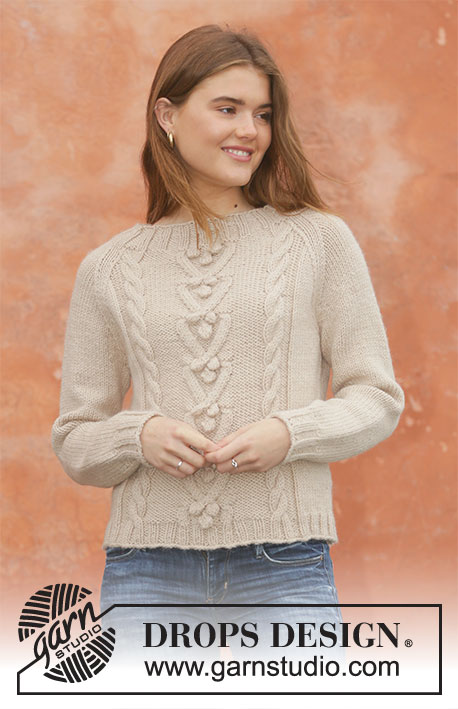 |
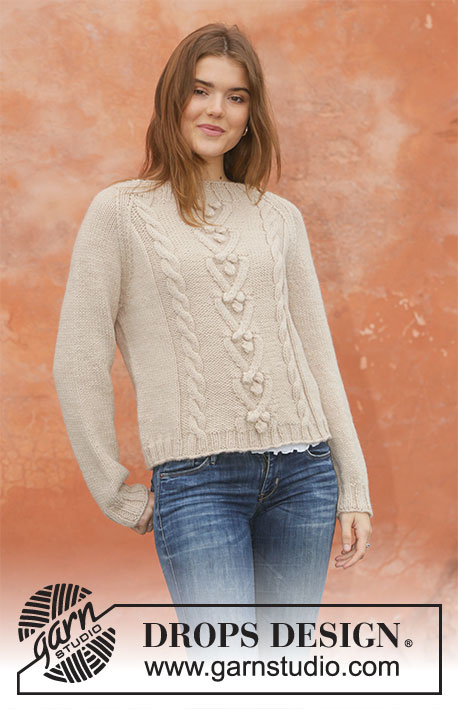 |
||||||||||||||||||||||||||||||||||||
Knitted sweater in DROPS Big Merino. The piece is worked in stockinette stitch with cables, bobbles and raglan. Sizes S - XXXL.
DROPS 206-29 |
|||||||||||||||||||||||||||||||||||||
|
------------------------------------------------------- EXPLANATIONS FOR THE PATTERN: ------------------------------------------------------- PATTERN: See diagrams A.1 and A.2. DECREASE/INCREASE TIP (evenly spaced): To work out how to decrease/increase evenly, count the total number of stitches to be decreased/increased over (e.g. 78 stitches), and divide by the number of decreases/increases to be made (e.g. 10) = 7.8. In this example, decrease by knitting together approx. each 7th and 8th stitch. When increasing, make 1 yarn over after approx. each 8th stitch. On the next row knit the yarn overs twisted to avoid holes. INCREASE TIP (for sides of body and mid under sleeves): Start 2 stitches before the marker thread, 1 yarn over, knit 4 (marker thread sits between these 4 stitches), 1 yarn over (2 stitches increased). On the next round knit the yarn overs twisted to avoid holes. Then work the new stitches in stockinette stitch. RAGLAN: Decrease to raglan on each side of the 4 markers in each transition between body and sleeves as follows (i.e. a total of 8 stitches decreased on each decrease-round): Work as follows after the markers: Knit 1, slip 1 stitch as if to knit, knit 1 and pass the slipped stitch over the knitted stitch (1 stitch decreased). Work as follows before the markers: Start 3 stitches before the marker and knit 2 together, knit 1 (1 stitch decreased). KNITTING TIP: Repeat A.2B as far as possible up towards the neck in front. Parts of the pattern are decreased as you decrease to raglan. To get a neat finish to A.2B mid front, finish the middle cable with bobbles (i.e. the middle 16 stitches) after a complete repeat in height (minus the last row in the diagram) when there is no longer room for a complete repeat in height before the raglan decreases are finished. Then purl the middle 16 stitches to finished length. ------------------------------------------------------- START THE PIECE HERE: ------------------------------------------------------- SWEATER – SHORT OVERVIEW OF THE PIECE: The piece is worked in the round with circular needle, bottom up as far as the armholes. Then the sleeves are worked in the round with double pointed needles/short circular needle, bottom up. Body and sleeves are then placed on the same circular needle and the yoke completed in the round. BODY: Cast on 162-178-198-218-234-258 stitches with circular needle size 4.5 mm = US 7 and Big Merino. Knit 1 round. Insert 1 marker thread at the beginning of the round and 1 marker thread after 78-86-98-110-118-134 stitches to mark the back piece (= 84-92-100-108-116-124 stitches between the threads on the front piece – NOTE: The number of stitches on the front and back pieces are different due to the pattern). Allow the threads to follow your work onwards; they will be used when increasing in the sides. The next round is worked as follows: * Knit 2, purl 2 *, work from *-* over the next 92-104-120-136-148-168 stitches, knit 2 (you have worked 16-20-24-28-32-36 stitches past the marker thread in the side), work A.1A (= 52 stitches), * knit 2, purl 2 *, work from *-* over the remaining 16-20-24-28-32-36 stitches on the round. Continue this rib until A.1A is finished. The next round is worked as follows: Knit the first 78-86-98-110-118-134 stitches (i.e. the stitches between the marker threads on the back piece) and decrease at the same time 10-12-18-22-20-26 stitches evenly spaced over these stitches – read DECREASE/INCREASE TIP, knit the next 16-20-24-28-32-36 stitches and decrease at the same time 1-2-3-3-2-1 stitches evenly spaced over these stitches, work A.1B (= 52 stitches) and knit the remaining 16-20-24-28-32-36 stitches and decrease at the same time 1-2-3-3-2-1 stitches evenly spaced over these stitches = 150-162-174-190-210-230 stitches on the needle; i.e. 68-74-80-88-98-108 stitches on the back piece and 82-88-94-102-112-122 stitches on the front piece. Change to circular needle size 5.5 mm = US 9 and work the next round as follows: Work stockinette stitch over the stitches on the back piece (i.e. as far as the marker thread in the side), work 15-18-21-25-30-35 stitches in stockinette stitch after the marker thread, A.2A (= 52 stitches) and finish with 15-18-21-25-30-35 stitches in stockinette stitch. Continue this pattern. REMEMBER THE KNITTING GAUGE! When A.2A has been completed, work A.2B over A.2A; the other stitches are continued in stockinette stitch. A.2B is repeated in height upwards. AT THE SAME TIME when the piece measures 8 cm = 3⅛" in all sizes increase 1 stitch on each side of both marker threads – read INCREASE TIP (= 4 stitches increased). Increase like this every 8 cm = 3⅛" a total of 3 times in each side = 162-174-186-202-222-242 stitches. Continue working until the piece measures 29 cm = 11⅜" in all sizes. The next round is worked as follows: Bind off 3-3-4-4-5-5 stitches for the armhole, work stockinette stitch as before over the next 68-74-78-86-94-104 stitches (i.e. until there are 3-3-4-4-5-5 stitches left before the marker thread in the side), bind off 6-6-8-8-10-10 stitches for the armhole, work stockinette stitch and pattern as before over the next 82-88-92-100-108-118 stitches and bind off the remaining 3-3-4-4-5-5 stitches for the armhole. Lay the piece to one side and work the sleeves as described below. SLEEVE: Cast on 36-36-40-40-44-48 stitches with double pointed needles size 4.5 mm = US 7 and Big Merino. Knit 1 round, then work rib (= knit 2/ purl 2) for 6 cm = 2⅜". Knit 1 round where you increase 4-4-3-4-4-4 stitches evenly spaced – remember DECREASE/INCREASE TIP = 40-40-43-44-48-52 stitches. Insert 1 marker thread at the beginning of the round (= mid under sleeve); allow it to follow your work onwards, it will be used when increasing under the sleeve. Change to double pointed needles size 5.5 mm = US 9 and work stockinette stitch in the round. When the piece measures 10-8-7-7-9-9 cm = 4"-3⅛"-2¾"-2¾"-3½"-3½" increase 2 stitches mid under sleeve – read INCREASE TIP. Increase like this every 6-4-3½-2½-2½-2½ cm = 2⅜"-1½"-1¼"-⅞"-⅞"-⅞" a total of 6-9-10-12-11-11 times = 52-58-63-68-70-74 stitches. Continue working until there is 1 round left before the sleeve measures 44-42-41-39-37-36 cm = 17¼"-16½"-16⅛"-15¼"-14½"-14¼" (shorter measurements in larger sizes due to longer yoke). The next round is worked as follows: Bind off 3-3-4-4-5-5 stitches for the armhole, knit 46-52-55-60-60-64 stitches and bind off the remaining 3-3-4-4-5-5 stitches for the armhole. Lay the piece to one side and work the other sleeve in the same way. YOKE: Place the sleeves on the same circular needle as the body, where you bind off stitches for armholes (without working the stitches) = 242-266-280-306-322-350 stitches on the needle. Insert 1 marker in each transition between body and sleeve = 4 markers; allow the markers to follow your work upwards, they will be used when decreasing to raglan. Start the round by the marker at the end of the back piece, before the left sleeve (when the garment is worn). Continue in the round as before with stockinette stitch and A.2B in front (make sure A.2B continues on the right row after you stopped for the sleeves). When you have worked 4-2-4-4-6-4 rounds, start to decrease to RAGLAN on the next round – read description above = 8 stitches decreased. Decrease like this every 2nd round a total of 16-19-20-22-23-26 times. Read KNITTING TIP! After the last decrease to raglan there are 114-114-120-130-138-142 stitches on the needle. Knit 1 round where you decrease 14-14-15-15-13-12 stitches evenly over the stitches between the markers on the front piece = 100-100-105-115-125-130 stitches left on needle. The sweater measures approx. 50-52-54-56-58-60 cm = 19¾"-20½"-21¼"-22"-22¾"-23⅝" from the shoulder down. Change to short circular needle size 4.5 mm and work the neck as described below. NECK: Work rib in the round (= knit 2/ purl 3) but adjust so you get a knit 2 exactly mid front. When the rib measures 1½ cm = ½" decrease every second purl 3 section to purl 2 (decrease 1 stitch by purling 2 together) = 90-90-95-104-113-117 stitches. When the rib measures 3 cm = 1⅛" decrease the remaining purl 3 sections to purl 2 = 80-80-84-92-100-104 stitches. Continue with rib (knit 2/ purl 2) until the neck measures 4 cm = 1½". Bind off with knit over knit and purl over purl; make sure the bind-off edge is not tight (you can bind off with a larger needle size if this is a problem). ASSEMBLY: Sew the openings under the sleeves. |
|||||||||||||||||||||||||||||||||||||
Diagram explanations |
|||||||||||||||||||||||||||||||||||||
|
|||||||||||||||||||||||||||||||||||||
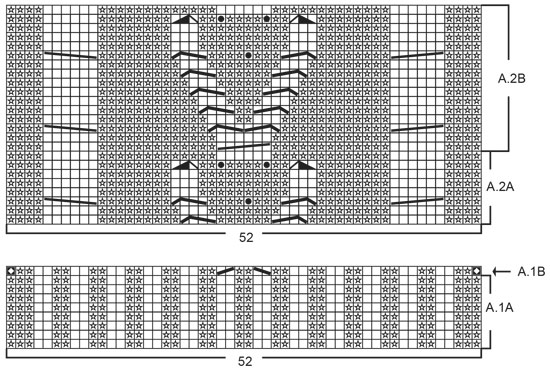
|
|||||||||||||||||||||||||||||||||||||
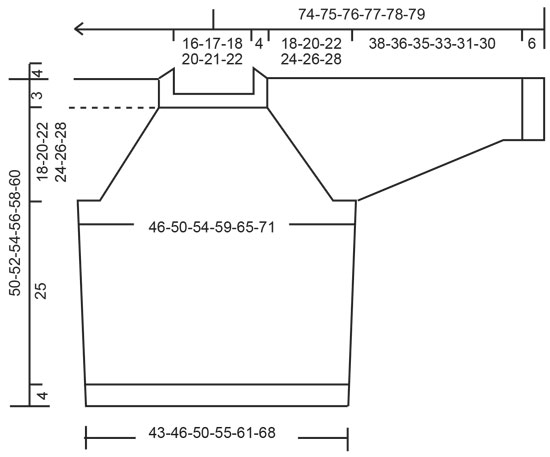
|
|||||||||||||||||||||||||||||||||||||
Have you finished this pattern?Tag your pictures with #dropspattern #holdingheartssweater or submit them to the #dropsfan gallery. Do you need help with this pattern?You'll find 29 tutorial videos, a Comments/Questions area and more by visiting the pattern on garnstudio.com. © 1982-2025 DROPS Design A/S. We reserve all rights. This document, including all its sub-sections, has copyrights. Read more about what you can do with our patterns at the bottom of each pattern on our site. |
|||||||||||||||||||||||||||||||||||||

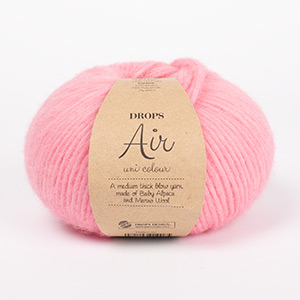





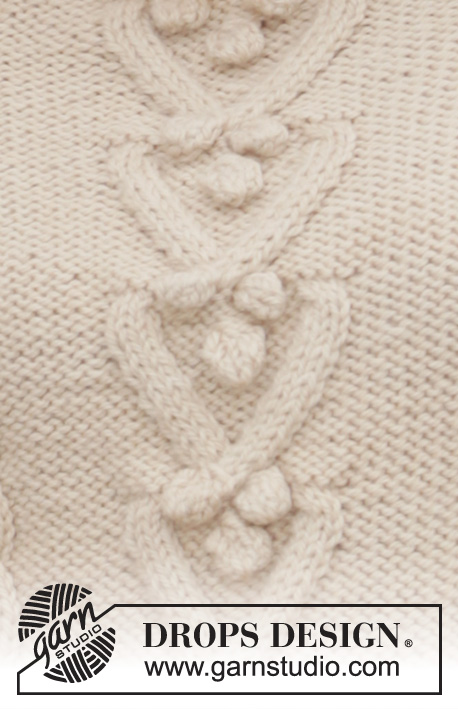
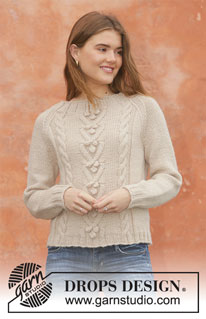
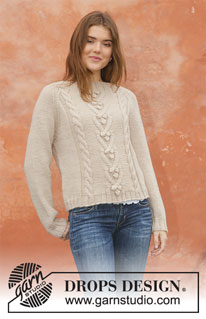



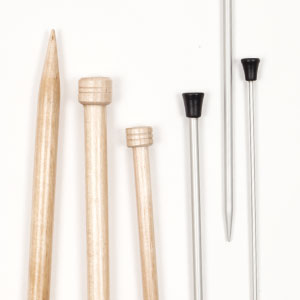
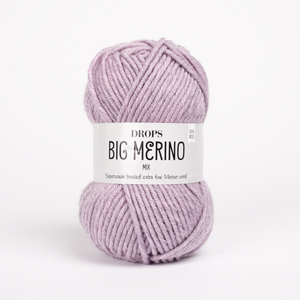
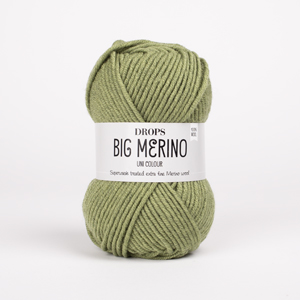

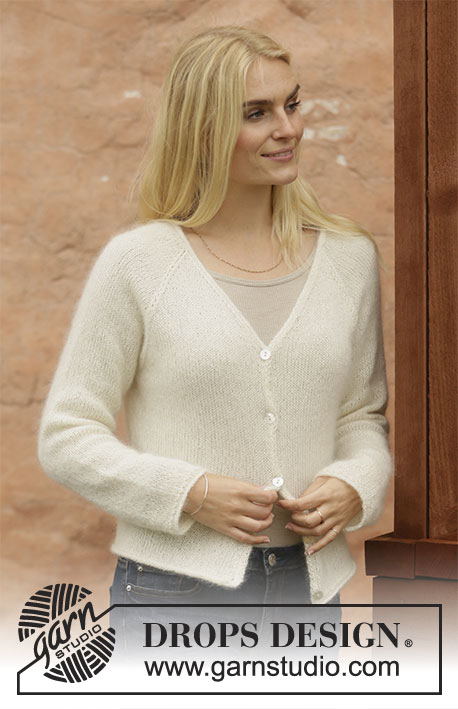
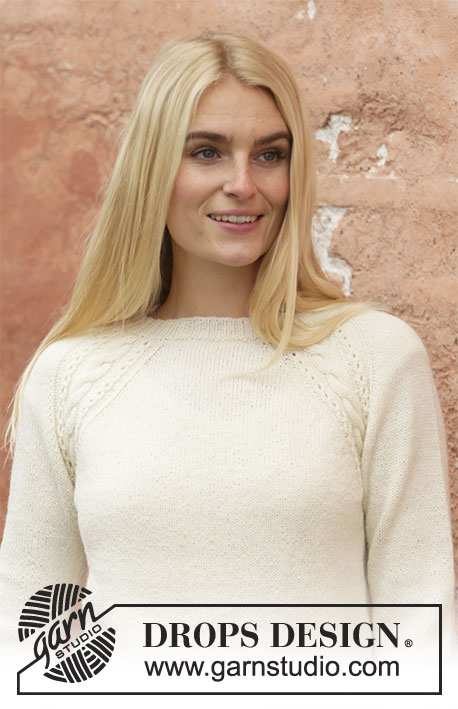
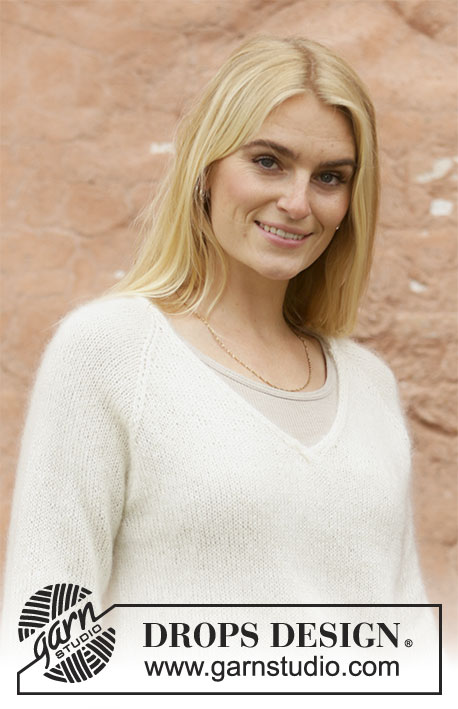








































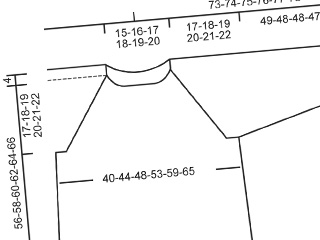
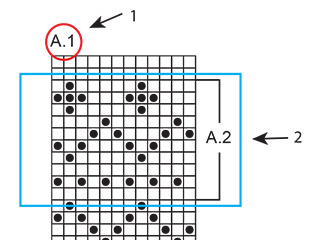
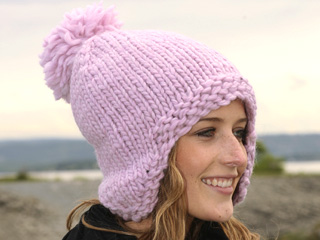
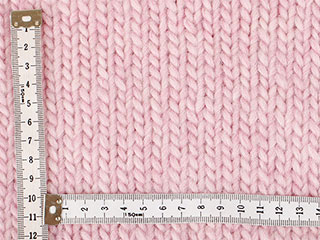
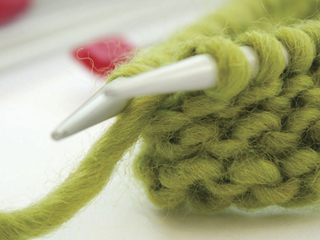
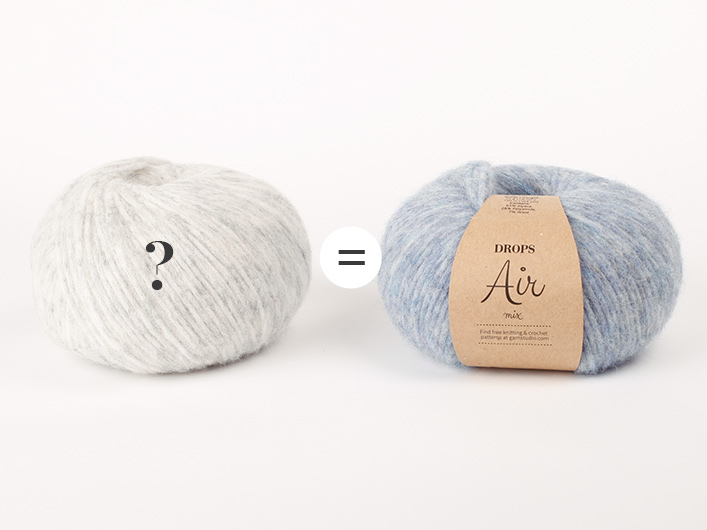
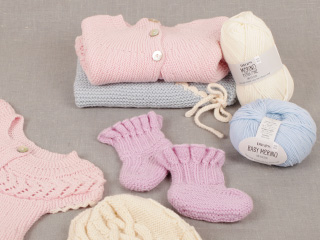
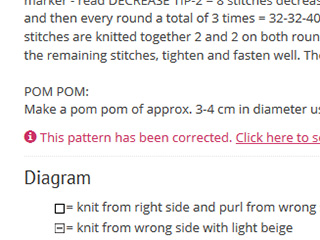
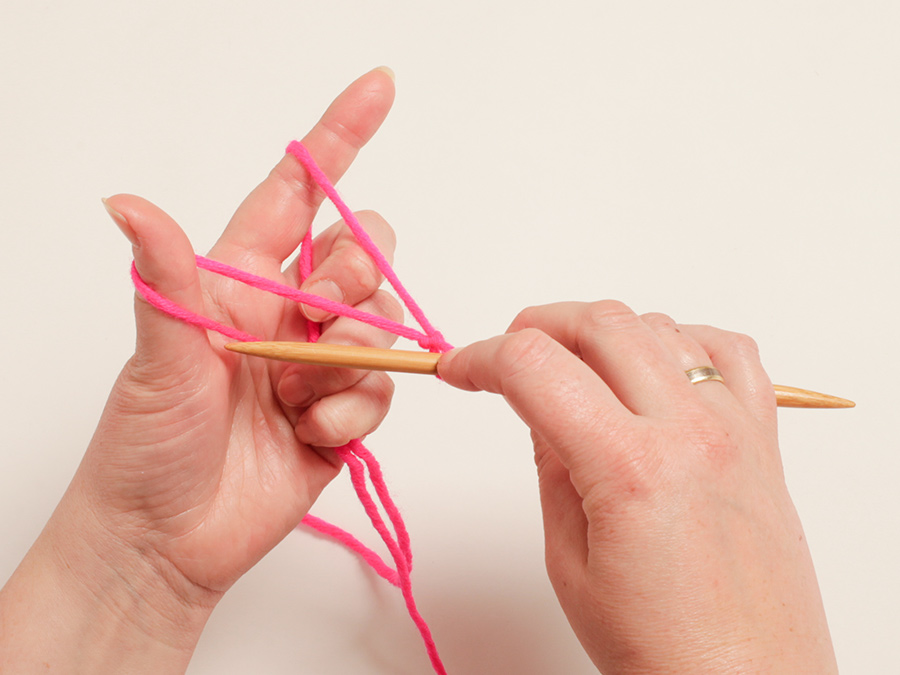
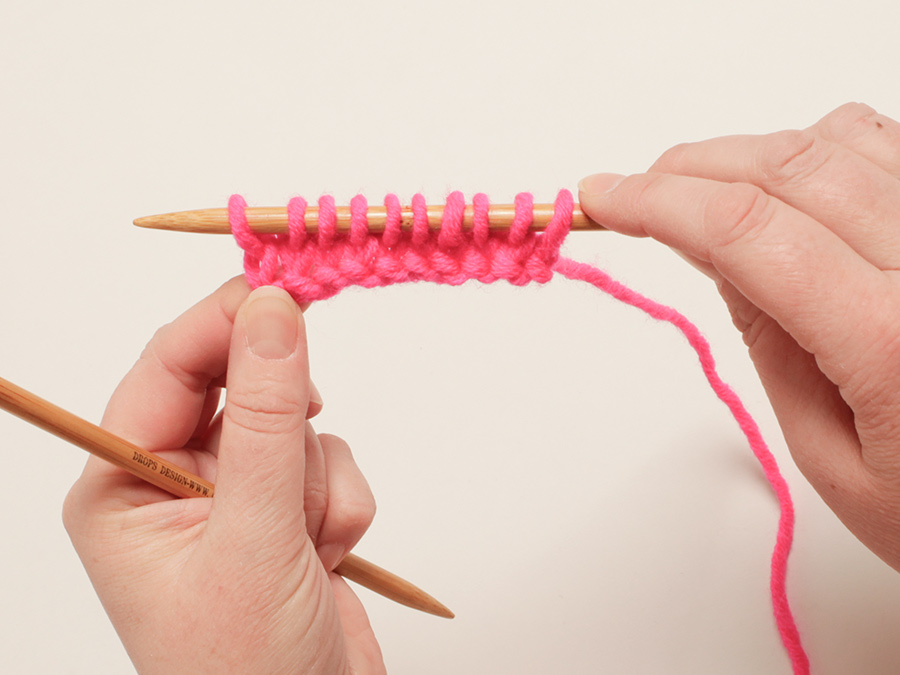
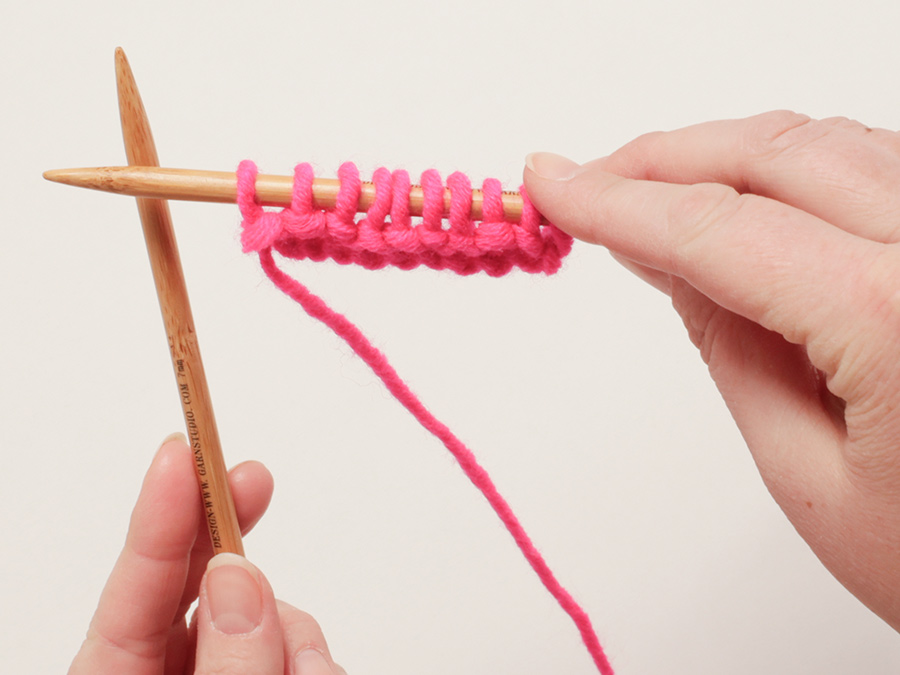
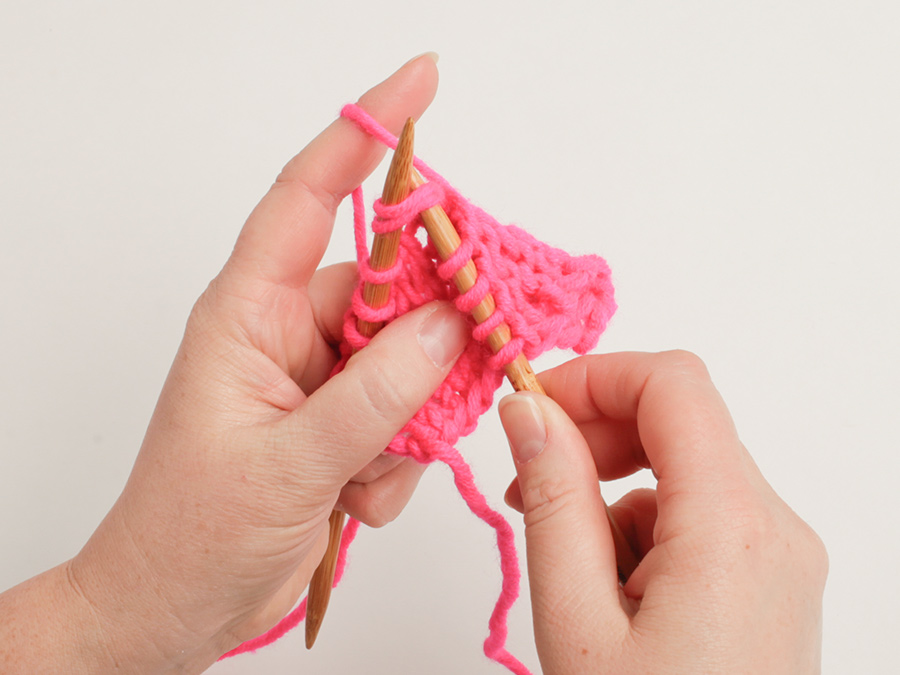
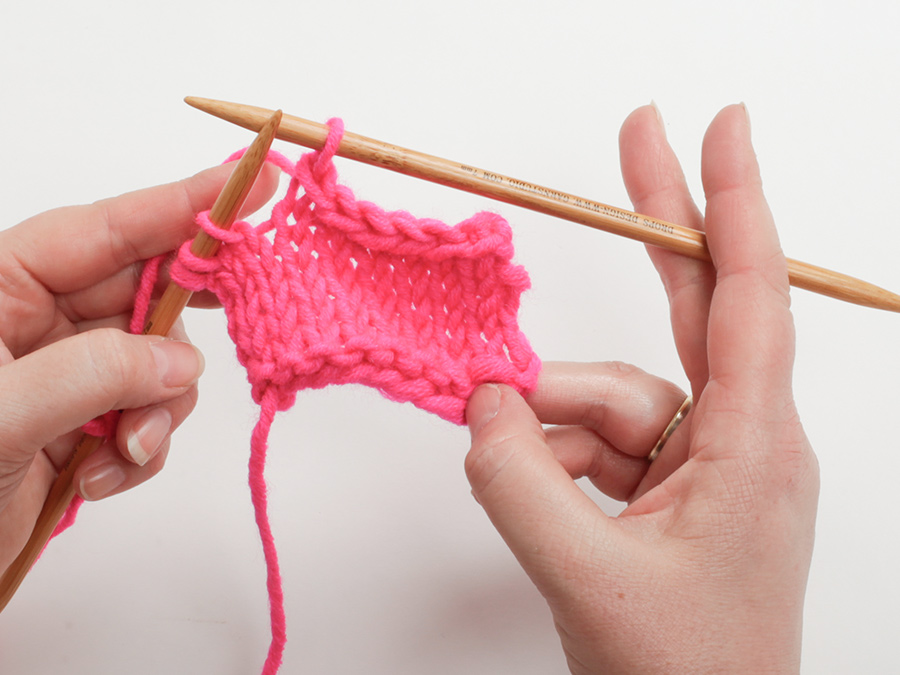
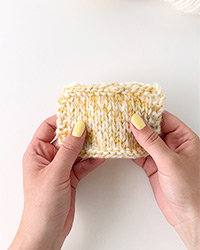
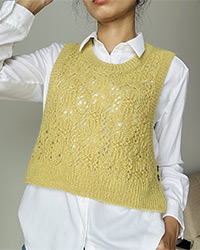
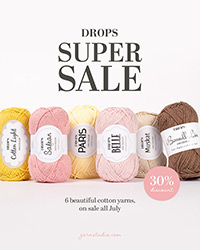
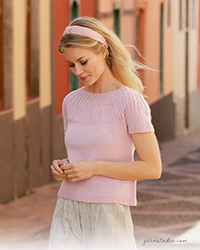
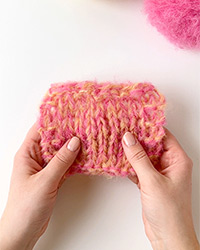
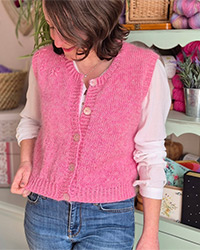
Post a comment to pattern DROPS 206-29
We would love to hear what you have to say about this pattern!
If you want to leave a question, please make sure you select the correct category in the form below, to speed up the answering process. Required fields are marked *.